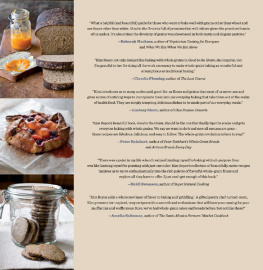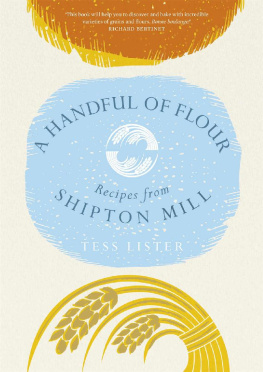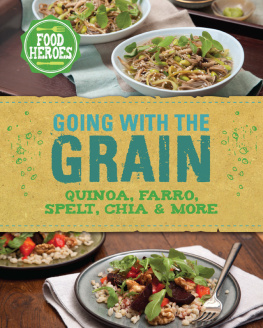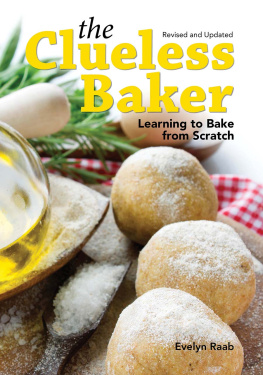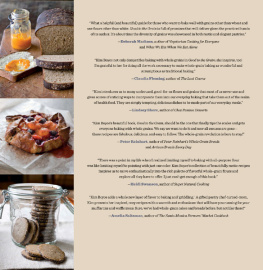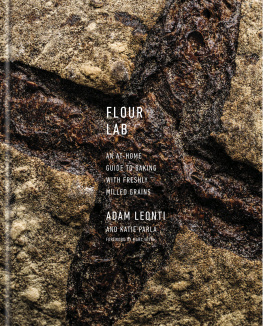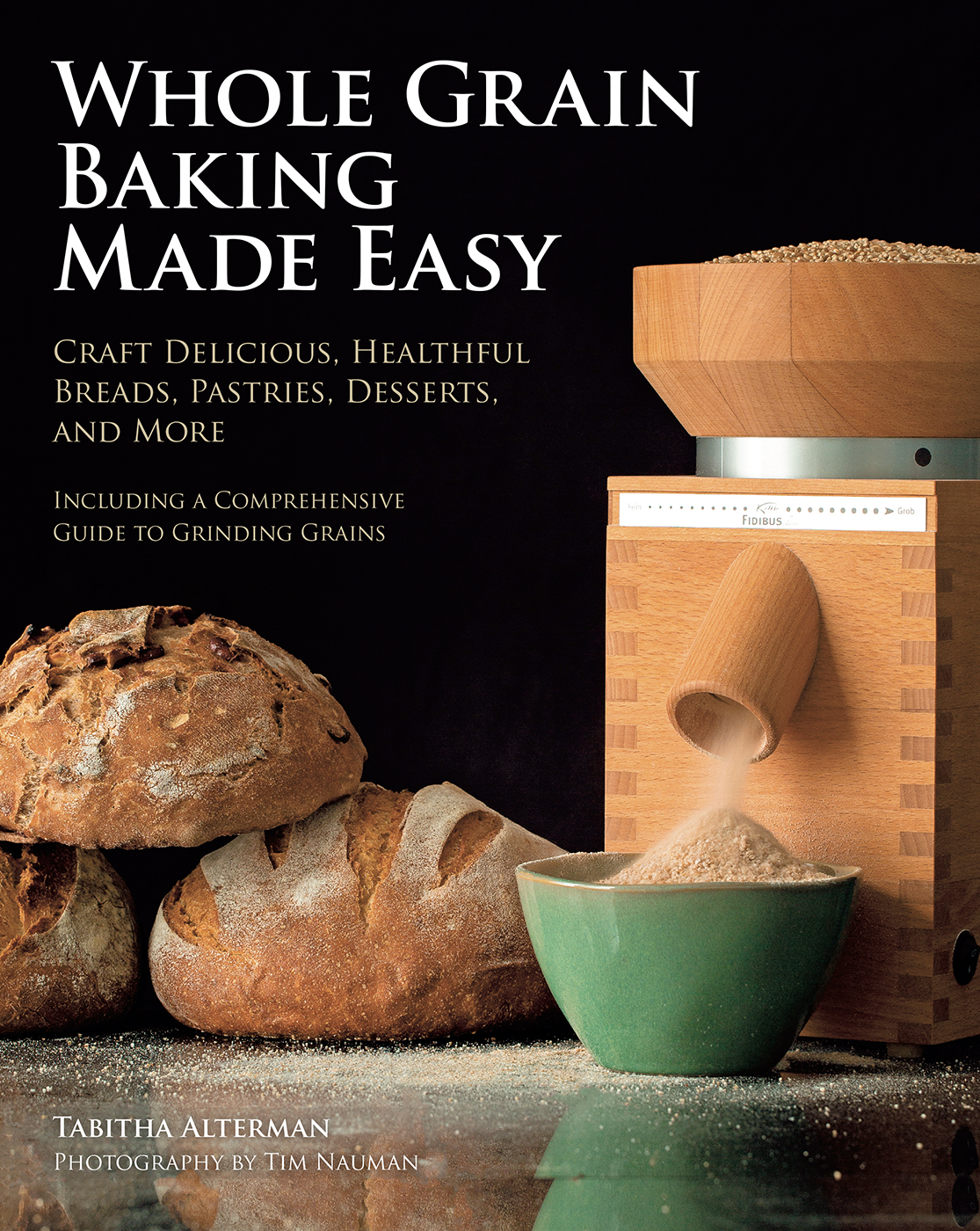FOR BUTTER,
WITH WHOM I HOPE TO BREAK BREAD
FOR THE REST OF MY LIFE.
First published 2014 by Voyageur Press, an imprint of Quarto Publishing Group USA Inc., 400 First Avenue North, Suite 400, Minneapolis, MN 55401 USA
2014 Quarto Publishing Group USA Inc.
Text 2014 Tabitha Alterman
Photography 2014 Tim Nauman
All rights reserved. With the exception of quoting brief passages for the purposes of review, no part of this publication may be reproduced without prior written permission from the Publisher.
The information in this book is true and complete to the best of our knowledge. All recommendations are made without any guarantee on the part of the author or Publisher, who also disclaims any liability incurred in connection with the use of this data or specific details.
We recognize, further, that some words, model names, and designations mentioned herein are the property of the trademark holder. We use them for identification purposes only. This is not an official publication.
Voyageur Press titles are also available at discounts in bulk quantity for industrial or sales-promotional use. For details write to Special Sales Manager at Quarto Publishing Group USA Inc., 400 First Avenue North, Suite 400, Minneapolis, MN 55401 USA.
To find out more about our books, visit us online at www.voyageurpress.com.
Digital edition: 978-1-6278-8627-7
Softcover edition: 978-0-7603-4598-6
Library of Congress Cataloging-in-Publication Data
Alterman, Tabitha, 1979- author.
Whole grain baking made easy : craft delicious, healthful breads, pastries, desserts, and more / Tabitha Alterman.
pages cm
ISBN 978-0-7603-4598-6 (paperback)
1. Baking. 2. Bread. 3. Desserts. 4. Cooking (Cereals) I. Title.
TX769.A497 2014
641.815--dc23
2014026053
Acquisitions Editor: Elizabeth Noll
Project Manager: Madeleine Vasaly
Art Director: Cindy Samargia Laun
Design: Carol Holtz and Diana Boger
Layout: Diana Boger
WHOLE GRAIN
BAKING
MADE EASY
CRAFT DELICIOUS, HEALTHFUL BREADS,
PASTRIES, DESSERTS, AND MORE
TABITHA ALTERMAN
PHOTOGRAPHY BY TIM NAUMAN

Contents
Guide
FOREWORD
William Woys Weaver, PhD Culinary historian, author, and professor
More than thirty-five years ago, I began planting rare grains at Roughwood, my home and experimental seed garden in Devon, Pennsylvania. At the time, it was almost impossible to find emmer (farro in Italian), einkorn, medieval barley like the Celtic bere of the Shetland Islands, and a host of other grains that were even then available on a limited basis in natural food stores in Europe. My travels abroad opened my eyes to those extraordinary culinary possibilities, which our homogenized food culture in the United States had marginalized. Furthermore, the rich array of Native American cornmeals has always fascinated me, flavors and textures as different from one another as though milled from different grains altogether. Then there was speltrecommended for its health benefits by the great medieval herbalist Hildegard of Bingenwhich was at one time the basic flour used in pretzel and gingerbread baking.
What happened? Happily, I was not alone with my question. Due to the not-so-green Green Revolution and the rise of GMOs, grain foods have undergone industrial attack, and it has taken a while for those of us who care about the quality of our food to sort it all out in a sensible manner. Counterculture seedsmen (and seedswomen) began growing heirloom grains to feed themselves, sometimes communally; biodynamic agriculture stepped in; and in the 1980s things began to happen. Many books have since been published on whole grains. Now Tabitha Alterman has introduced her expert voice to this large, ongoing discussion.
I have known Tabitha personally from mutual work at Mother Earth News and, most important, her own deep commitment to bringing back whole grains and heirloom varieties into the mainstream diet. Most people who purchase flours from supermarkets do not know what fresh flour tastes like, so accustomed are they to the stale powder that unfortunately seems to last forever and, worse, retains little of its original nutritional value. Tabitha has taken these issues to task and filled her book with all sorts of useful hints and advice on how to get the most from whole-grain foods, how to master the mysteries of sourdough, how to shop for the best values, and, perhaps key to using these foods intelligently, how to store them so they provide the most they have to offer both in terms of flavor and nutritional content.
It goes without saying that Whole Grain Baking Made Easy represents a huge amount of creative and time-consuming research, recipe testing, and the saintly patience of Hildegard of Bingen. In short, this book is a gift because between two covers Tabitha has gathered a storehouse of practical information so that you can get down to the important business of reaping the most from your shopping budget and bringing to the table tasteful food with all its inherent nutritional value. Whether youre a novice at baking or an old hand, there are lessons here that will guarantee this book a time-honored place on your kitchen bookshelf.
INTRODUCTION
I wrote this book because the time was right. As an editor at Mother Earth News and Mother Earth Living magazines, Ive been talking to a specialized audience for a while now. Our dear readers are hardcore. Theyll grow, make from scratch, or hand-build anything that will enhance the quality of their lives. Theyre in touch. They live off the land. Their days are full and rich. Their souls are grounded, present, happy. It has been my privilege to bring useful content about food, cooking, and self-sufficiency to such an inspiring and hardworking group of folks these past ten years. Whenever we publish articles about doing things yourself, our readers actually go and do it. I am, as ever, in awe.
And now, I believe a larger and more mainstream audience has come to the table. Whole grains are popular at last, and more people everywhere are all of a sudden interested in cooking from scratch. Flavorful and nutritious grains are available now that youd have been hard-pressed to find in a store ten years ago. (Read all about these in the glossary on .)
So maybe you dont need convincing to start baking with whole-grain ingredients or even to make your own flour. If what you seek is a practical guide to getting involved with whole grains, youll find what youre looking for here. If, however, youre not yet sold on the benefits of whole-grain baking, you can still find the information you need here. I discuss the multiple benefits of whole grains in the pages to come. Ill tell you now, though, that the best reason is flavor: youll be blown away at the breadth and depth of flavors made possible by throwing white flour over for one of the many better options.
If youre merely whole-grain-curious, and not quite ready to ditch the all-purpose white flour forever, I think youll still like this cookbook. These recipes are meant to be a jumping-off point. You can choose your own adventuresfrom, say, 5 percent whole-grain to 100 percent hardcore. Adding just a couple of tablespoons of flavorful grains to a recipe could bring enviable complexity to your home-baked goods. You can even replace one kind of grain with another, to suit your palate. Also, grinding your own grain is practical and rewarding, but it isnt necessary to be able to make


